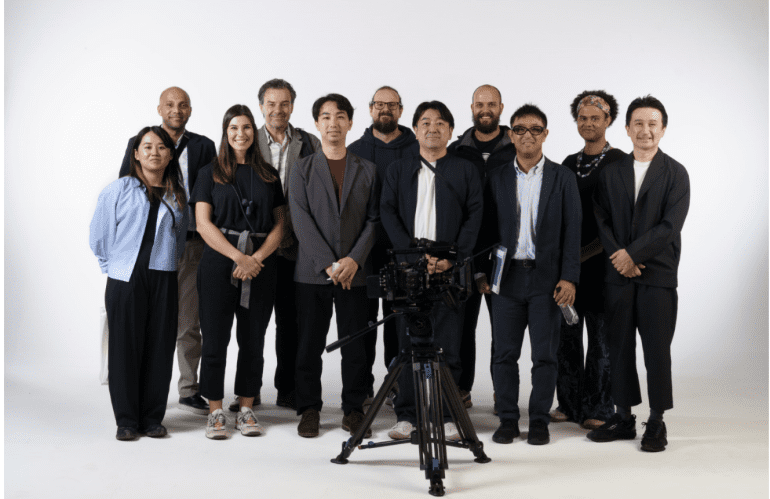Sony’s Burano camera costs nearly as much as a second-hand bakkie — and now, South African film students are learning on it.
That’s the pitch behind a new partnership between Sony, Open Window (a private design and digital arts school in Gauteng), and Visual Impact, a high-end broadcast tech supplier. Together, they’re putting next-gen CineAlta cameras in students’ hands and hoping that better tools will translate into better local films. But in an industry where talent and access often matter more than hardware, it’s fair to ask: is cinematic gear the real barrier?
“We want to empower local talent with the best tools and training,” says Jobin Joejoe, Managing Director at Sony Middle East and Africa. It’s the first time South African students will train with Sony’s Burano — an 8.6K, full-frame, Netflix-approved monster of a camera that’s lighter than it looks and powerful enough to shoot your next Afrofuturist sci-fi epic.

But even in a country with a film industry worth over R4.1 billion, access to this kind of gear is rare. For most student filmmakers, entry-level DSLRs or smartphones are still the tools of choice — not just because they’re cheaper, but because they’re practical. The Burano? It’s designed for feature-length productions, not guerrilla campus shoots.
Still, Open Window sees value in early exposure. “We are constantly seeking ways to provide our students with a competitive edge,” says Dr Jayne Crawshay-Hall Robertson, Academic Head at Open Window. “Collaborating with Sony gives our students access to world-class technology and training.”
And that might matter more than ever. South Africa’s creative economy is growing fast, projected to hit R7.9 billion by 2030, thanks in part to streaming platforms investing in local stories. That growth demands a new generation of filmmakers — not just storytellers with big ideas, but professionals who understand workflows, post-production, and the kind of industry expectations that come with international distribution deals.
For Sony, the partnership is part of a broader push to build long-term relationships in emerging markets — and perhaps to cultivate brand loyalty among the next generation of African creators.
“We’re ecstatic to help nurture South African filmmaking,” says Goran Music, a director at Visual Impact. “We’re putting the best equipment in the world into the hands of the country’s best young talent and seeing what they can do.”
But it’s not just about the tech.
This initiative won’t magically fix the deep systemic challenges that young South African filmmakers face — funding, distribution, representation, and access to professional networks still loom large. Yet it’s a small but meaningful step: gear in hand, stories to tell, and a direct line from the classroom to the global stage.
Whether it pays off? We’ll see in the credits.


